
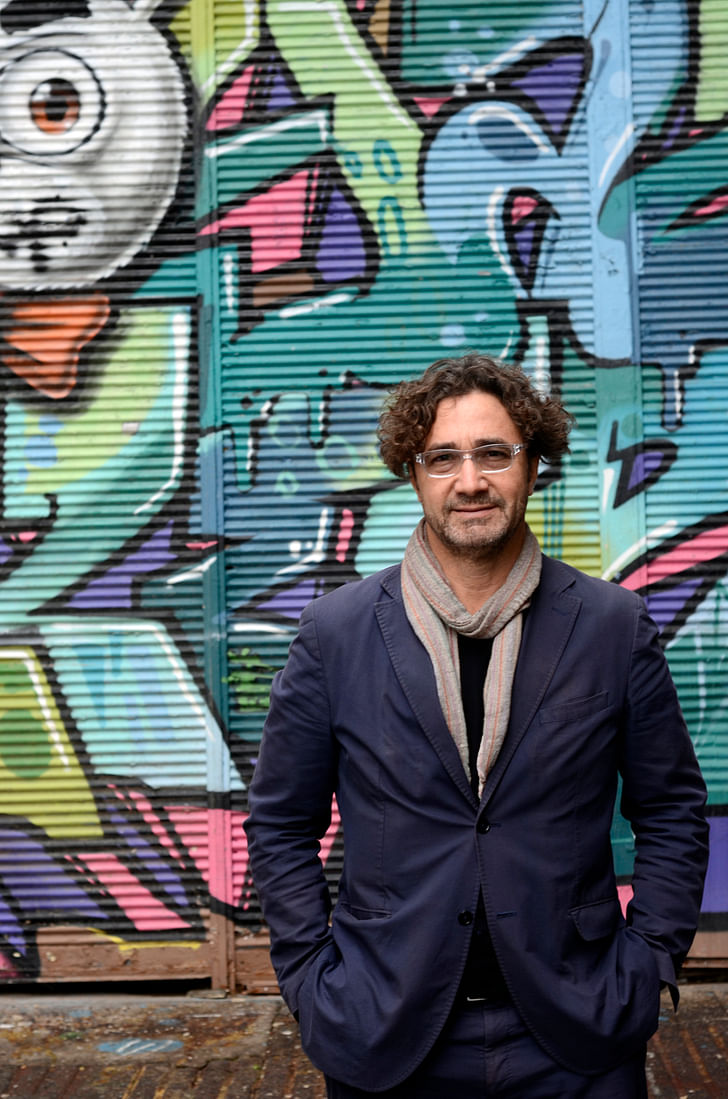
Alfredo Brillembourg is the founder and co-director of Urban-Think Tank, an interdisciplinary design practice dedicated to high-level research and design on a variety of subjects, concerned with contemporary architecture and urbanism. He's also Co-chair for Architecture and Urban Design at the Swiss Institute of Technology, Zürich.
Urban-Think Tank's practice explores global contexts by creating bridges between first world industry and third world informal urban areas. Their work revolves around urban integration, with a focus on vertical urbanism. Notable projects include the Caracas Metrocable, the Vertical Gym typology, and more recently the documentary and publication on Torre David, a 45-story unfinished office tower in Caracas that has become a node for the study of informal vertical communities.
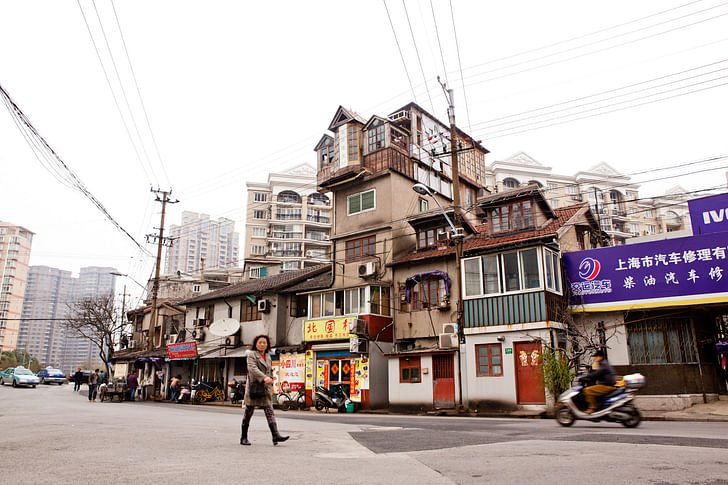
Since its inception in 1993 Urban-Think Tank has served as a laboratory for the education and development of a new generation of professionals who will transform cities in the 21st century. Alfredo Brillembourg, as the co-director along with Hubert Klumpner, focuses on devising innovative solutions to informal urban conditions in cities around the world. He has lectured at conferences around the world, including the Harvard Graduate School of Design in Boston, AEDES in Berlin, and The Berlage Institute in Rotterdam.
I met with Alfredo Brillembourg in mid-March at “Great City… Terrible Place”, a conference hosted in Goa, India by the Charles Correa Foundation. We spoke a few days later about his views on architecture as an agent of social transformation, and about his experience working in developing countries around the world. The following is our conversation.
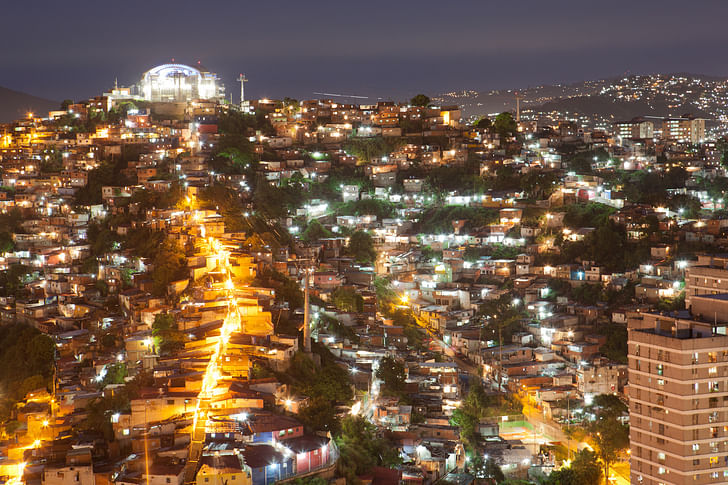
Your work at Urban-Think Tank has mainly revolved around architectural solutions in informal settings. What do you think the role of architects is in our society?
The role of architects in our society, today in the 21st century, is to reflect critically on the social issues of our time. The Russian Constructivists built an architectural language around the conditions of the Russian Revolution, and in the 1920s we saw a whole school of thought around industrialization, led by Le Corbusier and many others. Later, in the 1950s, the International Style proposed an architecture that was to be exported globally, and reflected the consumerism and globalization triggered by North America post Second World War. Then, in the 1960s, architecture reflected its time: the free-radical, peace-love revolution, when we see Archigram and Superstudio. In the 1980s and 1990s there was of course a revival in postmodernism that reflected the demise of capital culture and globalization, and branded architecture as a luxury good. This is when the star architect was born; just like Louis Vuitton and Prada became important brands, the architect emerged as a symbol of status.
If in the next 20 years we don’t find a turnaround we will see cities growing out of control to the detriment of humansAnd now, at the turn of the century, we are amidst a seismic shift, perhaps marked most visibly by the fall of the Twin Towers as a radical breaking point in our society and culture. Here you see cities as a meeting point for conflict – in Aleppo and in Damascus – and even if they’re not literal wars, you also see battles fought on the streets of cities like Caracas and São Paulo, with incredible movements of social unrest. In the 21st century, given the life of this social revolution that is catapulted through social media, the architect has to reinvent its task as a moderator or mediator of these forces, and direct our work back to the very essence on which modern architecture was born, which was with a social concern. Architects now are very much concerned with multidisciplinary approaches to architecture, perhaps going back to some of the experiments of the sixties and seventies into ecology, systems thinking, and the organizing of a socially-oriented city proposed by Henri Lefebvre… because we are definitely in the last round of urbanism. If in the next 20 years we don’t find a turnaround we will see cities growing out of control to the detriment of humans (though perhaps to the benefit of concentrated finance and insecurity).
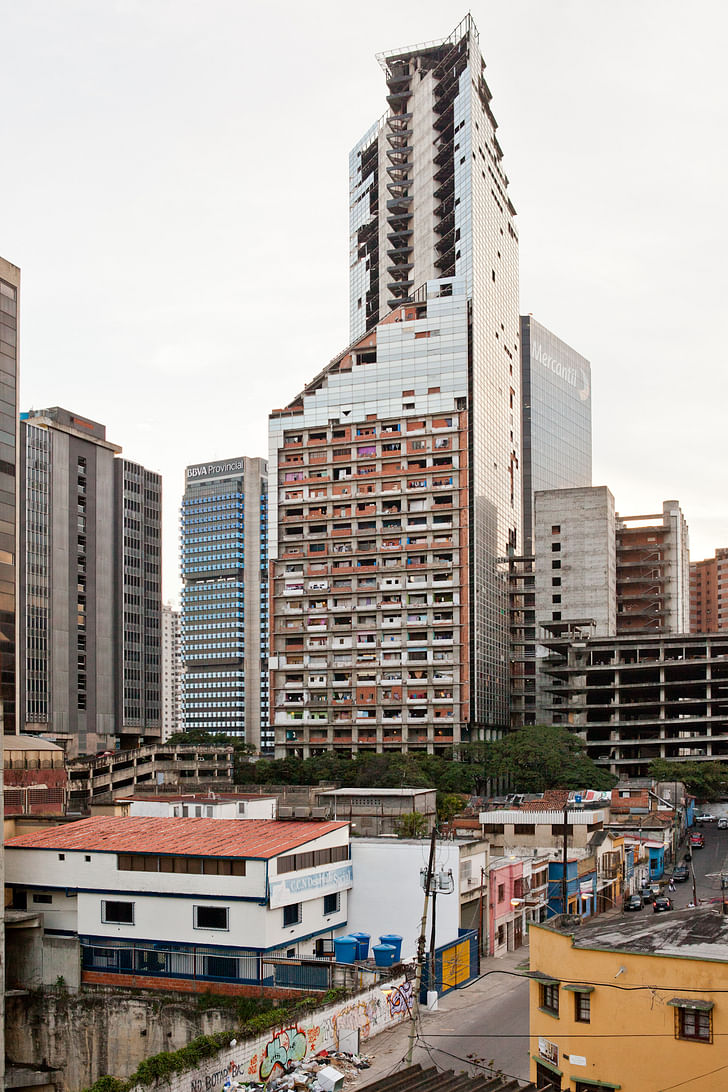
You mention the role of architecture as returning to its essence of social concern. What do you think is the most important issue that architects face today in the context of development?
Well let’s say there are two trends out there. One trend is formed by those who believe that the building, the actual object, is the only place in which the architect can influence the city. It’s like creating a beautiful object—a beautiful building—that is engaged with its user, and that is the resistance of architecture. However, there’s also a bunch of new generation architects for which the building is not the transformative object; it’s not the object of architecture. Curiously, Ettore Sottsass, B.V. Doshi, Aldo Rossi, all three of them at the end of their careers actually say that they don’t want to be called architects. They refer to a larger meaning than what architecture is in terms of the object. They aspire to a kind of zeitgeist and try to become mediators in a cultural process. I agree with that idea of architecture in that I use it to talk about other cultural and social phenomena. In other words, architecture is my vehicle; it’s my vengeance against the inconsistencies and inequities that I see happening in the world. It’s what I know how to do, so I use architecture, the language of architecture, or let’s say my professional capacity, to talk about the city, because ultimately the city and the buildings that punctuate it are the best reflection of our culture.
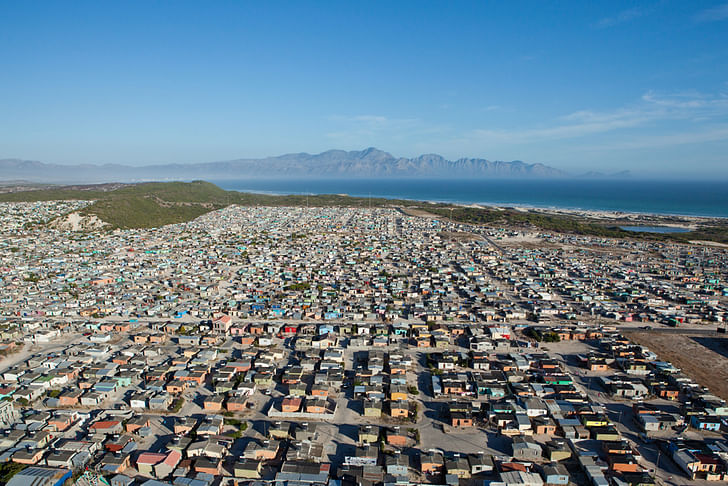
For over a decade you and Hubert (Klumpner) have combined work in academia with professional practice, having a heavy research focus. How do you think research translates to practice, and conversely, how does practice feed into research?
Cities actually have a lot of unused buildings, and you see it more and more in India and around Southeast Asia. You see unfinished buildings in China, all over Guangzhou or Shenzhen. Because we are now the co-curators of the Shenzhen Biennale, we are looking closely at this context and it in turn is starting to influence us. Whereas in our travels we used to focus primarily on similarities around the world’s cities, we are now equally focused on differences. There’s no such thing as a generic city, and we should celebrate and fight for this fact. Even in the mass-urbanization of China, we see an architecture of difference. The way Chinese are building cities is very different from the way let’s say, Western Europe or North America builds cities. In China, in practice, they don’t value the longevity or the permanence of a built structure over 10-15 years. That’s why they build fast and cheap. And they build in whatever way is most convenient. In fact it’s a grand experiment, so those buildings that you might consider ugly in China are actually not always locally evaluated in those terms. There’s not always a dialectic for good and bad. They think in hybridity, they think in abstractions. They think in continuity. So in other words, they build because they need to build. Because architecture is my vehicle; it’s my vengeance against the inconsistencies and inequities that I see happening in the world.the economy or the society is requiring it, and there are huge investments to build quicker. One of the most radical experiments in China is that now architects have a CD-ROM that is found everywhere in the black market that the world of architecture uses. These CD-ROM’s have full construction sets, and they just copy-paste them together. So in three days they can produce a full construction set by just pasting together cores of different buildings, wall plates, electricity plans of different buildings, and combining them in a kind of 3D collage—which will be one of the aspects of our Shenzhen Biennale, something called Collage City.
I say all of this about China because we are too quick to judge what’s happening there. It’s kind of a reversal of traditions, of the way we understood architecture in the West, as an eternal art of light and shadow and space and poetry. The way in which architecture is practiced in China currently proves that there is no inherent dogma of how to practice. There are many things like the speed and openness of this process that are innovative and experimental. Whole cities are built that way. To dismiss it as “wrong” or label it as “right” is to miss the complexity at work.
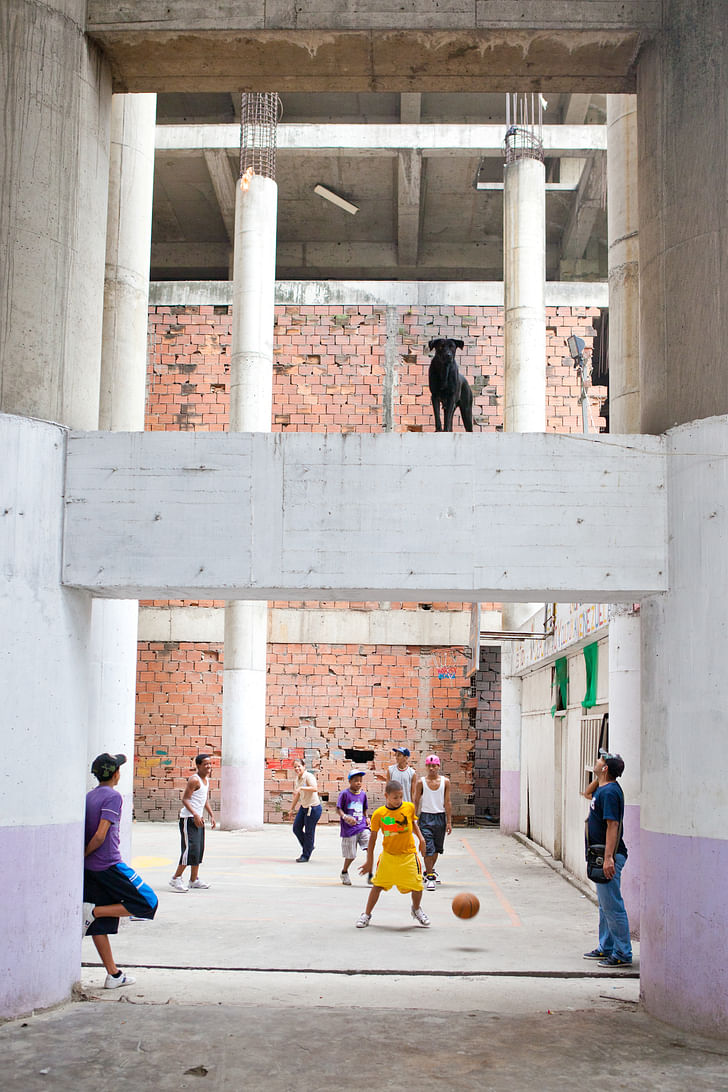
So I go back to tell you, our practice is centered on research so that we can better understand what is going on in cities. We don’t want to just add another building, a kernel to the cob. The role of the architect is to judge the needs of the city and effect them through the built environment. In this sense, we like to create our own briefs for how the city should get built. The brief is as important as the object. If the 19th century was all about industrialization, the 20th century became all about prefabrication and globalization, and we talked about highways and infrastructure and building the modern city. Today, in the 21st century when cities are quite built-up, we think it is more about temporary spaces. It’s more about informality, it’s more about reuse and reprogramming of spaces, like what happens in Torre David. That’s why this century’s practice of architecture is going to ultimately be very different from the 20th century practice. When you see different practices of architecture like David Chipperfield or OMA, they are actually late 20th century architects that moved into the 21st century in the first decade. But we know this mode of architecture is unsustainable on a mass scale. The ecological and economic proof of that fact is everywhere if you look for it.
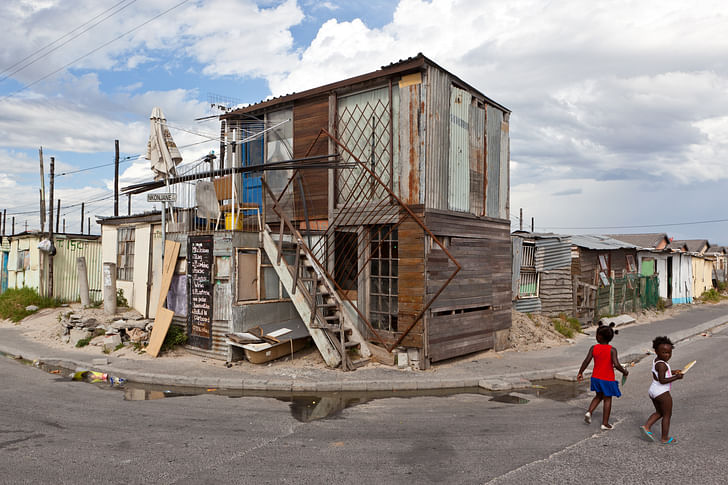
The good news is that there is a generation of architects who are now practicing very different kinds of roles; researching and building and defining the brief. You have Teddy Cruz and Alejandro Aravena, or you have URBZ in Mumbai and Goa, and those firms are also combining multidisciplinary thinking. So there are social scientists, there’s landscape, there’s architecture, and there is media. In other words these projects are working at different levels of visibility. Ultimately the new generation of architects are very dissatisfied with what they see happening in their cities. Architects in a way have become underpaid civilians in the system. A lot of us are actually working as factory workers for developers: underserved, underpaid, under-respected. And some of us are very dissatisfied with the impact of the profession, so we have adopted a more activist role like that of Santiago Cirugeda, Kunlé Adeyemi, and many others.
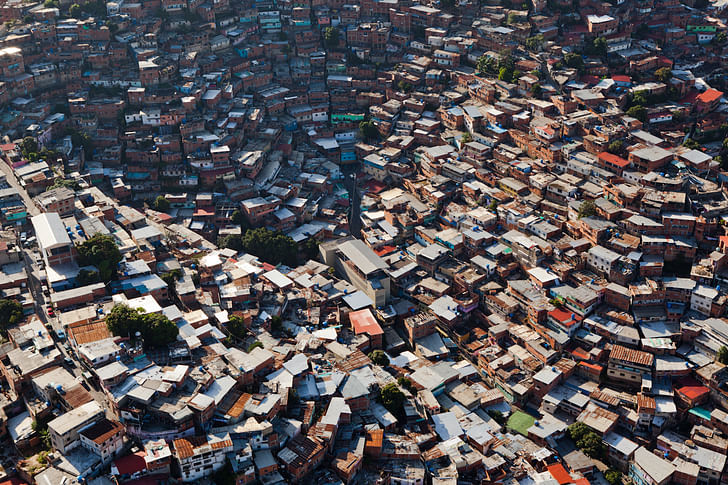
You mentioned Torre David in terms of defining new Vertical Communities, and you were recently in India and will be curating the Shenzhen Biennale in China. How do you think informal vertical urbanism will evolve in cities around the world, especially those in developing countries that are experiencing a population boom?
I think they will evolve, and hopefully in a way that centers on social concerns. We were given a lot of attention because of our documentation, research, and design proposals on Torre David. That attention spurred many people around the world to consider the notion of creating a structural framework, a hardware of building, and then having the users change and reprogram it over time. People saw an example of what user-driven programming looks like in architecture. But this is not to say that there is no role for the architect. We still have to create the infrastructure, we still have to create the framework for life to happen. Complexity is somehow about life, and life is about people. We try to get architecture back to empower land is the only thing they have. Land is the asset of the squatter.people, which is also what we’re doing with our project in South Africa, the Empower Shack. We’re trying to figure out how to address housing deficiencies in the South African context, and part of the answer involves going vertical. When homes go vertical, we can create shops on the first floor, rent out the second floor, and empower the slum dwellers to use their land more efficiently, because land is the only thing they have. Land is the asset of the squatter. People don’t want to have thirty-year mortgages, they don’t want to pay banks and get little boxes of social housing. You can see it in Mumbai—the buildings designed for social housing. The new ones are already looking like slums: fifteen-story towers built with three meter setbacks from each other. People don’t want that. They want to build their own home over time, with zero on mortgage and zero credit. Seventy to eighty percent of the city is made up by housing, so we need a way in which we can empower people through housing and give some city-making ability to community-driven organizations.
We’re constantly inspired by what we see around the world. In Zürich, for example, you see Kalkbreite, which is a new cooperative development project. Kalkbreite is the legalization or formalization of what was once a squatter movement, in what architect Hans Widmer called Bolo’Bolo. We see these cooperative housing precedents in many places, where everyone lives together under mutually-agreed upon rules, and everyone can share kitchens, facilities, squares, open space, rooms. You see this happening in Berlin as well, and in Holland. In Vienna you see Sargfabrik, an old coffin factory that people took over to develop this cooperative housing. You see a lot of interest in new cooperative development happening around the world, and that goes back to the work of John Habraken who invented the term “open building.” This is the current focus of our housing research, and what my latest lecture in India was about: how we can take the model of Torre David and develop open structures that change over time. Open buildings, open villages.
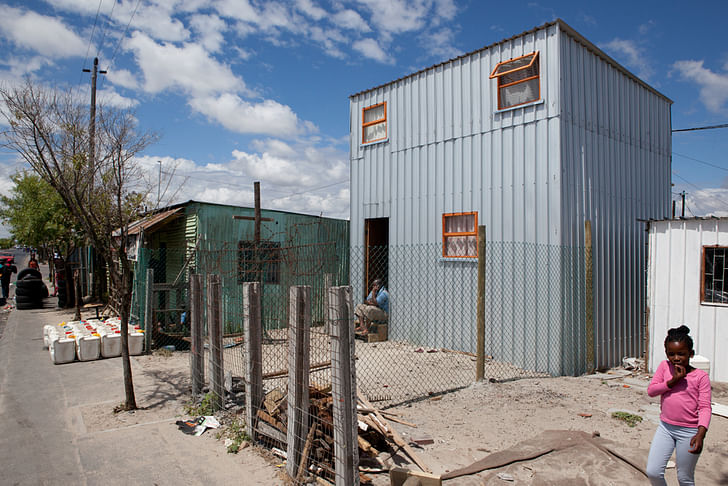
Most of your work focuses in developing countries and emerging economies, but now you have mentioned a lot of work being done in more developed countries. What is your view on global collaboration? Can lessons be shared across different cities to address similar problems, or does each city have its own set of problems and therefore needs its own set of solutions?
Traditionally architecture has been deeply rooted in localities. Alvar Aalto was in Finland and developed a Finnish modern architecture, Rafael Moneo talks about how Madrid transformed him and his schooling. In the same way, Caracas was my locality. The study and research of my own city was key in the development of our ideas about informality, about the 21st century city. We were also, very early on, subject to the presence of a very unusual process of architecture in a city under a revolution. We were very much in that violent city, in a total breakdown of a city at the center of a failing political system. Many of our ideas that seem contemporary today are thanks to the fact that we witnessed the breakdown of societal foundations earlier, and we developed a thesis of how to be an architect in this environment. And today, much of the world is looking like Caracas.
While we must all be from a locality, we also believe that we can’t be a meaningful 21st-century architect just out of locality.While we must all be from a locality, we also believe that we can’t be a meaningful 21st-century architect just out of locality. We are all way too globally connected in terms of communication, influence, material trade, and climate change. In other words, we cannot escape globalization. We will be far more intelligent if we start to learn about and understand countries from around the world, and actually combine efforts. For example, there is Slum Dwellers International, which is an organization that is trying to compare methods of people and activists across the world in order to develop strategies and projects that address common issues. In that same way, we see architects collaborating all over the world. Now you don’t need to form an office in one place. You have a lot of firms that are working across the world with a Spaniard, with a New Yorker, with an Australian, and they’re working and collaborating in new ways that will ultimately lead to new forms of architecture. I would say we are, now in the 21st century, in the expanded field of architecture. We are challenged, but we believe that this is one of the most exciting times in history to be an architect.
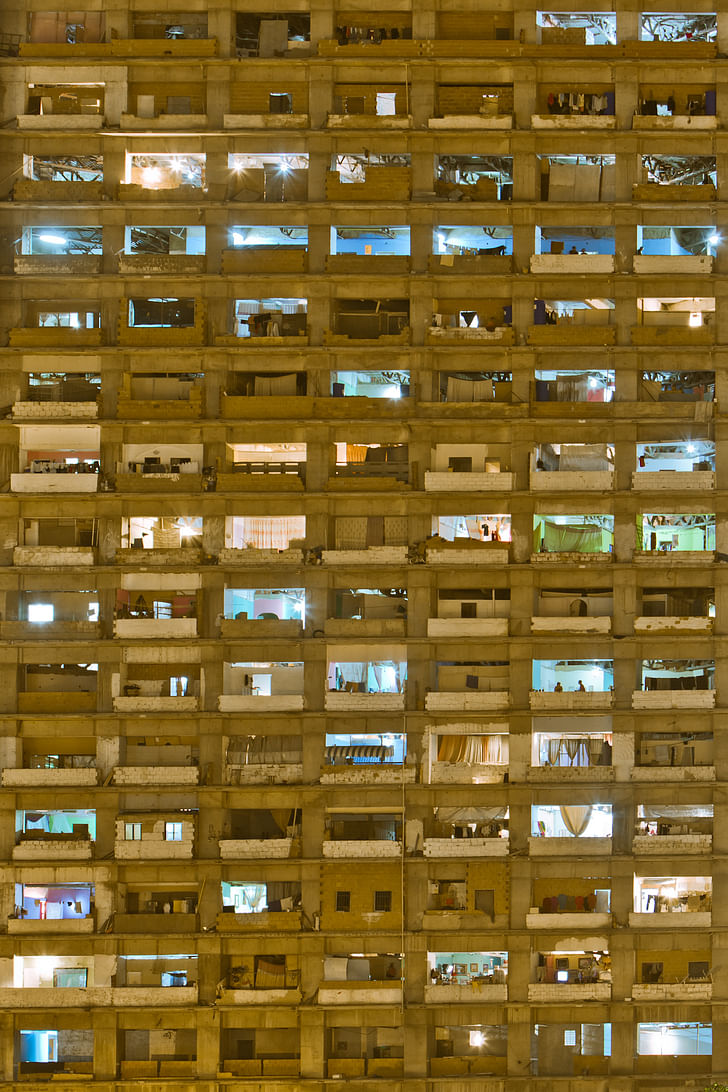
Architect turned social impact consultant. Fascinated by untapped innovation and chaotic cities. Interested in the role of design as a catalyst for development. Loves discovering unexpected interactions between people and place. Originally from Bogotá, Colombia; has lived in the US, Italy ...
1 Comment
Yes, factory workers.
Block this user
Are you sure you want to block this user and hide all related comments throughout the site?
Archinect
This is your first comment on Archinect. Your comment will be visible once approved.